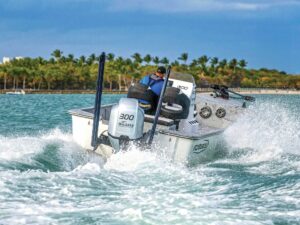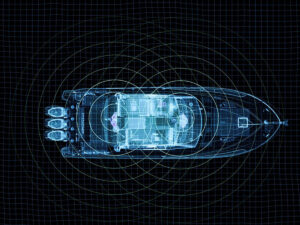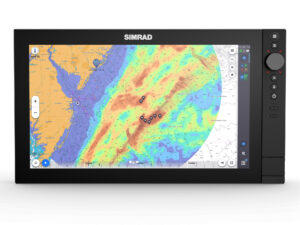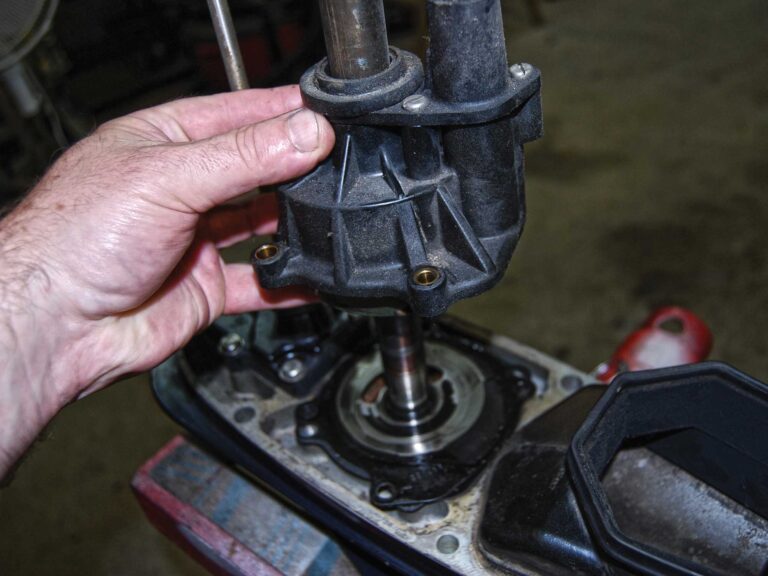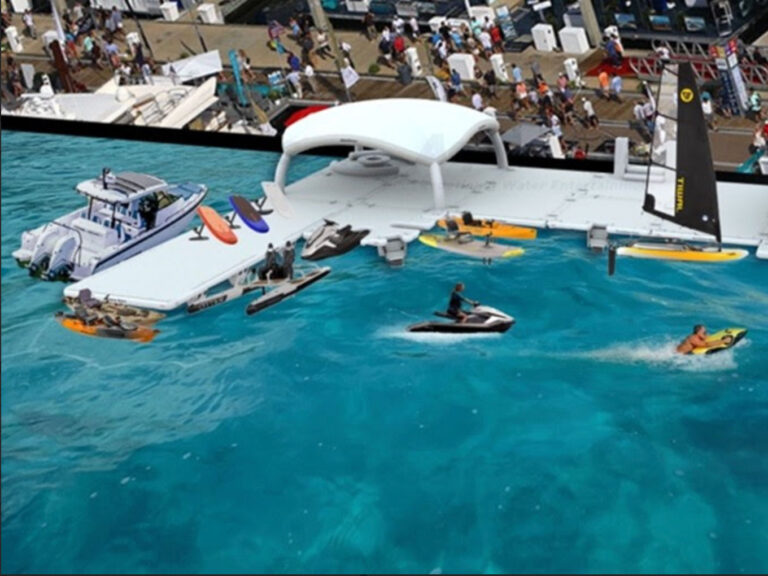Keeping a “weather eye” is an old nautical saying that literally means paying attention to the signs of potential change in the environment. Savvy boaters will naturally look for wind shifts, changes in the cloud deck, the appearance of rips and eddies, cat’s paws, sun dogs, moon bows and more as part of practicing the art of keeping crew and boat safe while afloat. That’s just good seamanship.
Despite this, we sometimes get caught out in some weather event that challenges our abilities and our craft. When this happens, we often say that said event “came out of nowhere.” Certainly, there are times when this is true. I can remember being blown flat to the deck of my dad’s 22-foot boat when a microburst hit us, a result of a thunderstorm that formed and strengthened very quickly. It lasted all of 10 minutes. And then the sun was out again. We would later learn that the same phenomenon affected many other boats in our vicinity that sunny summer day, sinking two of them, with one loss of life.
Just like that.
But I contend that it mostly doesn’t happen just like that. Instead, the signs are clear but we are otherwise engaged. This can happen because we are immersed in an activity. Maybe we’re coordinating the fishing or the water skiing, or watching the kids swim. These are all worthwhile pursuits. But having one responsibility doesn’t get us off the hook for other responsibilities.
At other times, we’re asleep at the wheel. Or, at the least, having too much fun at the wheel. A classic example is running downwind in a building sea. It’s invigorating. We charge along, cresting the swells, dropping into the trough and climbing up the back of the next wave by applying just enough power to attain the summit without flying off the top. Man, managing his machine! Harnessing nature, proving his destiny, justifying his existence. All that jazz!
Eventually, it’s time to turn around and go home. Then, just like that, you find that the seas have built to twice that of when you left. Maybe the wind piped up; it’s hard to tell when you’re running away from it at 23 knots. Maybe you left the lee of the land. Either way, with a simple 180-degree turn of the wheel, the exhilaration evaporates as quickly as the cap blows from your head.
Now each wave is dreaded work as you slog into cold, green, white-streaked faces before dropping with a bang onto the back side.
Man, wishing his machine were bigger and wondering what the hell he’s doing out here.
Quick Tip: A change in current direction or wind direction can radically change sea conditions.

